Space News
STS-127: Canadian Space Agency astronaut, Julie Payette to embark on second mission.
By Space News, May 25th, 2009

Canadian Space Agency astronaut, Julie Payette, will embark on her second space voyage during mission STS-127. Space Shuttle Endeavour, destined for the International Space Station, will launch with Payette aboard from Florida’s Kennedy Space Center on June 13, 2009.
On this space flight, Julie Payette will operate three robotic arms during this robotics-intense mission, the Shuttle’s Canadarm, the Station’s Canadarm2 and a Japanese arm on Kibo. Canadian robotic technology will be used almost every day of this assembly mission. Mission STS-127 will attach a platform to the outside of the space station’s Japanese Laboratory Kibo. Science experiments will take place on this platform, allowing them to remain exposed to the harsh environment of space. The astronaut crew will also deliver critical supplies to the Station, as well as experiments that will be subsequently berthed to the laboratory platform.

-
NASA managers to assess STS-127 launch readiness (05/29/09)
Julie Payette is the flight engineer. Sitting in the flight deck with the Shuttle’s commander and pilot, she will be part of the cockpit crew that flies the Shuttle and docks it to the space station. Payette will also operate three robotic arms during this robotics-intense mission, the Shuttle’s Canadarm, the Station’s Canadarm2 and a Japanese arm on Kibo. Canadian robotic technology will be used almost every day of this assembly mission. For the first time in history two Canadians will be in space together during this mission, Payette and Canadian Space Agency astronaut Robert Thirsk, who is part of the Station crew. A record 13 astronauts, made up of Station and Shuttle crew, will be in the Station during STS-127. This 16-day mission will include five spacewalks. After installing the laboratory platform, astronauts will replace six large batteries on a Station truss. It’s the 127th Space Shuttle mission and the 29th to the International Space Station.
 - The Japanese robotic arm and the parts of the Kibo laboratory that will be installed by the STS-127 crew appear in the forefront. Credit: Canadian Space Agency/NASA
- The Japanese robotic arm and the parts of the Kibo laboratory that will be installed by the STS-127 crew appear in the forefront. Credit: Canadian Space Agency/NASA --
1 -
2 -
3 -
4



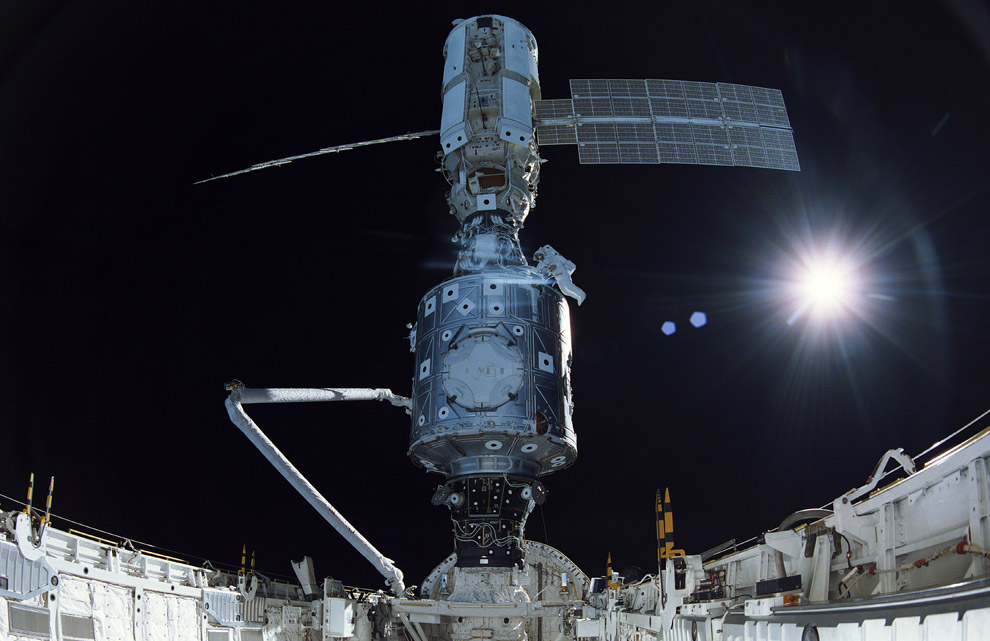



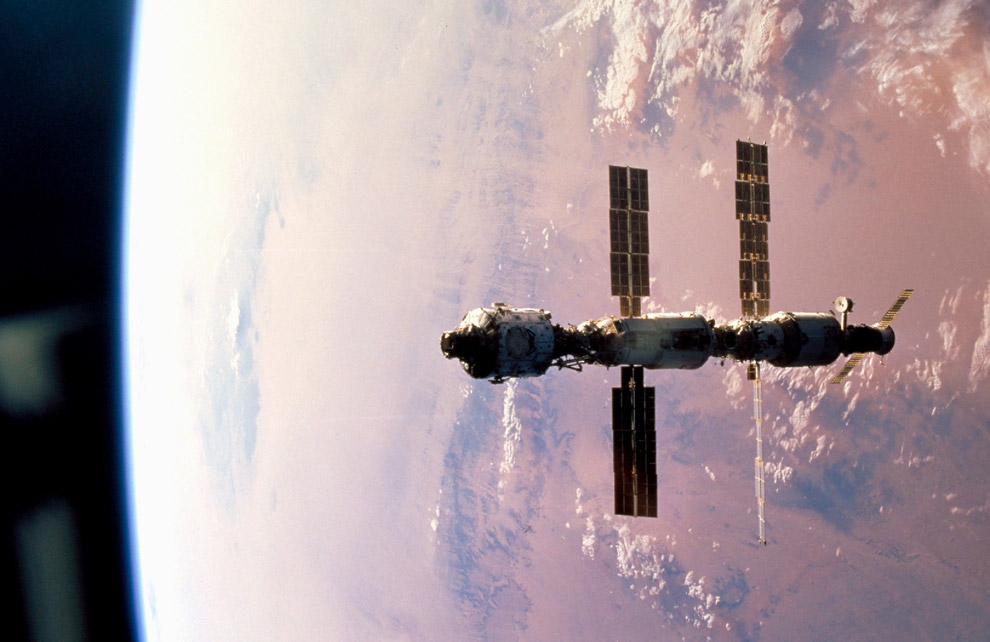
 - Photos:
- Photos: 
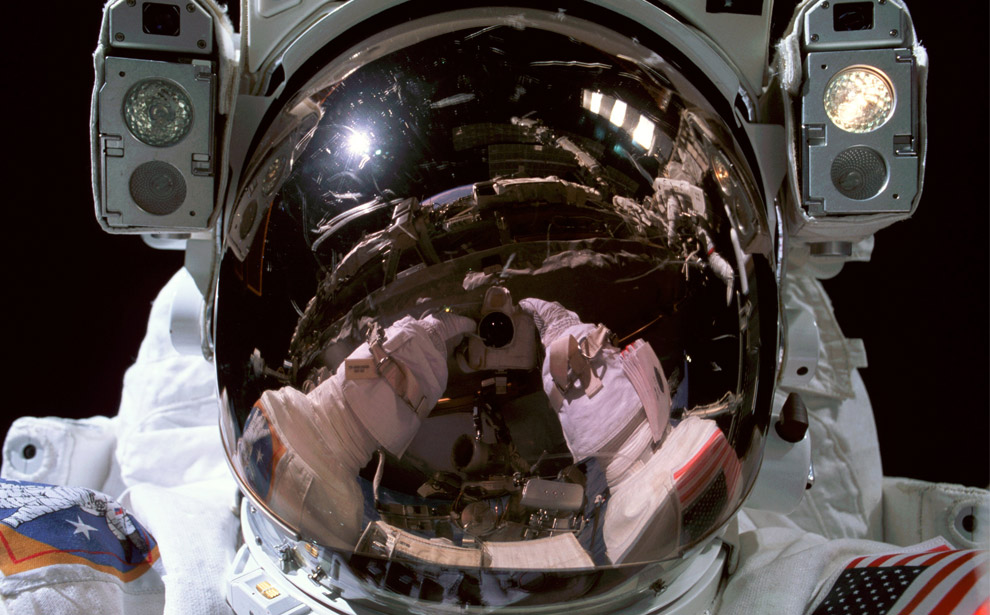

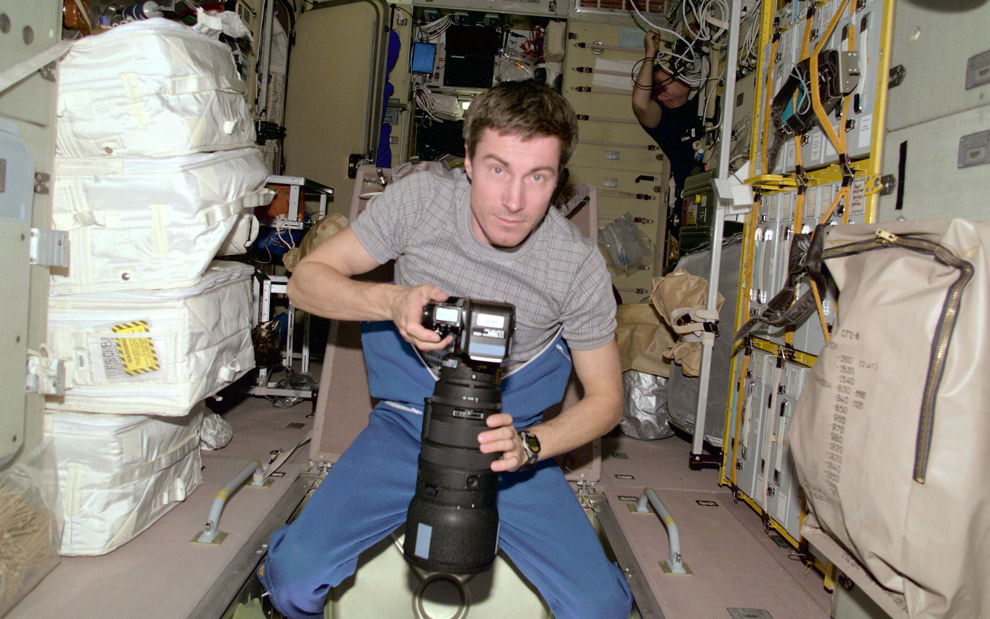

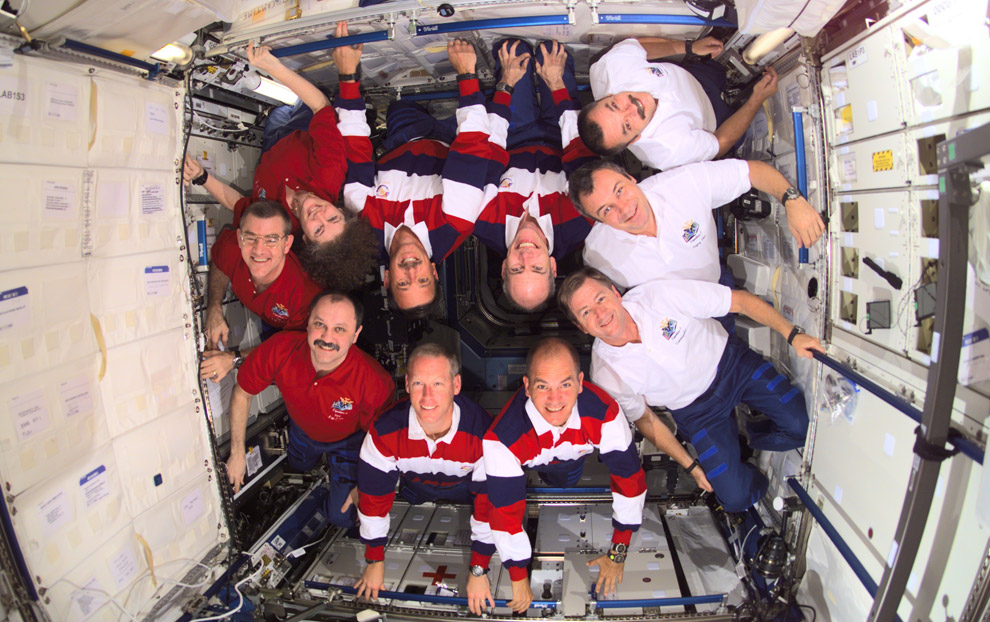



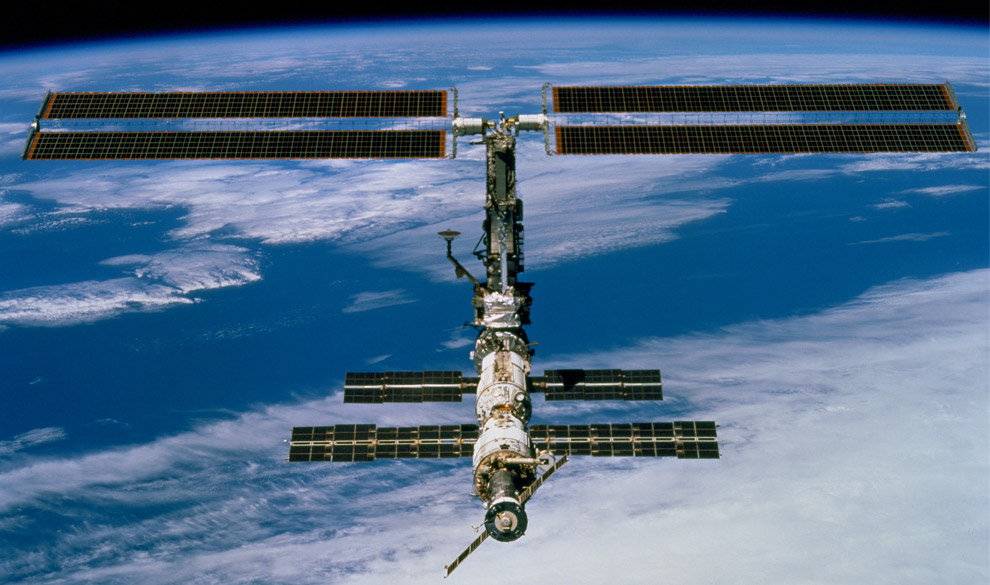


 - Photo Gallery:
- Photo Gallery: 
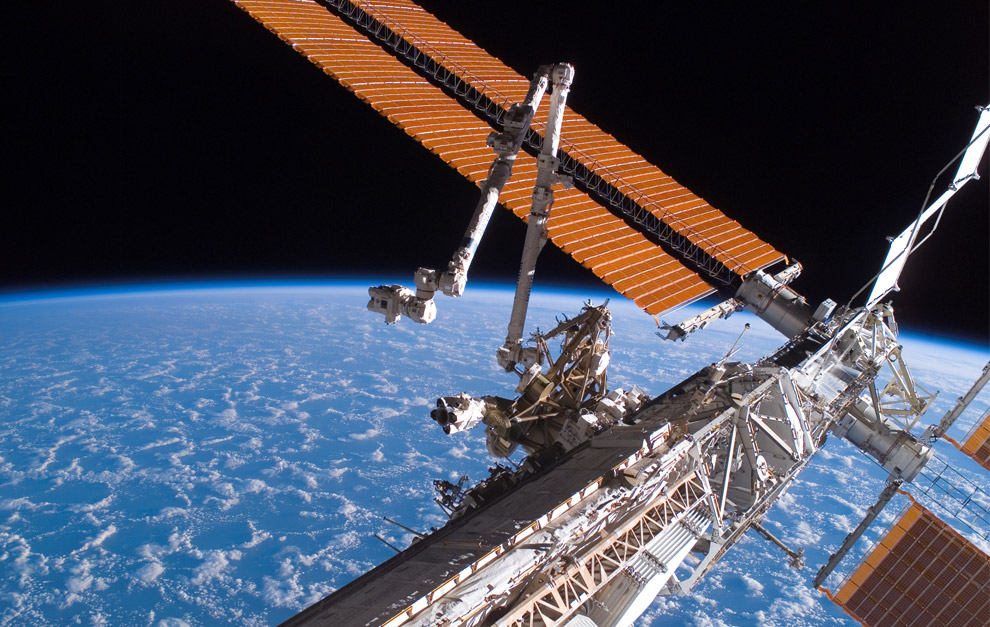
 -
- 



